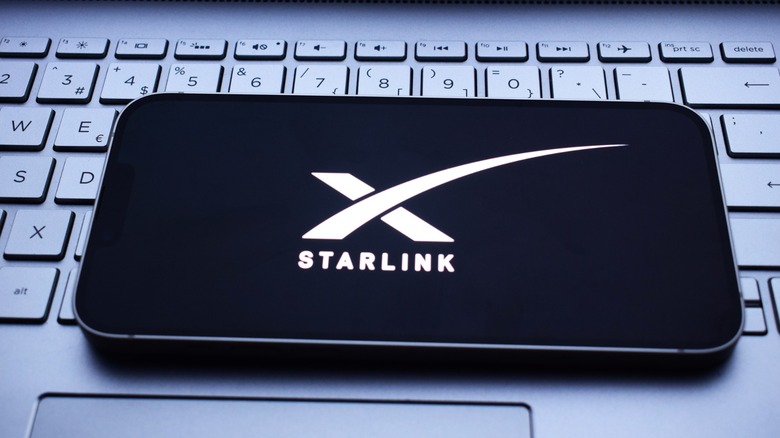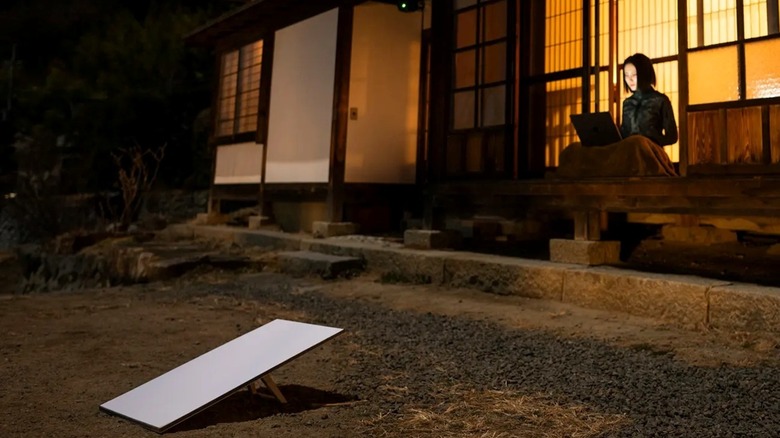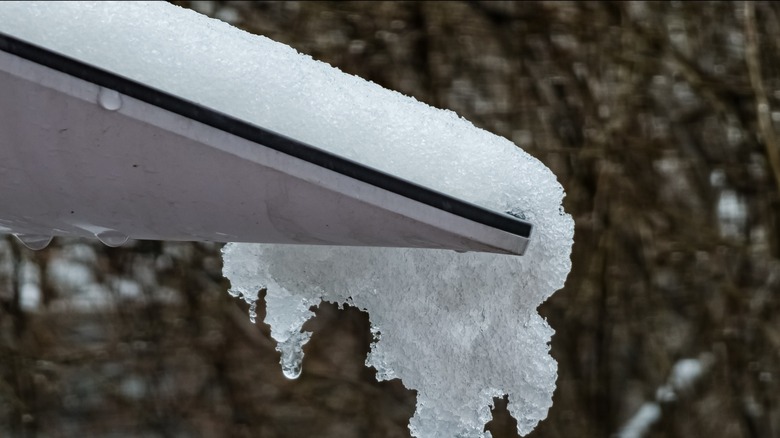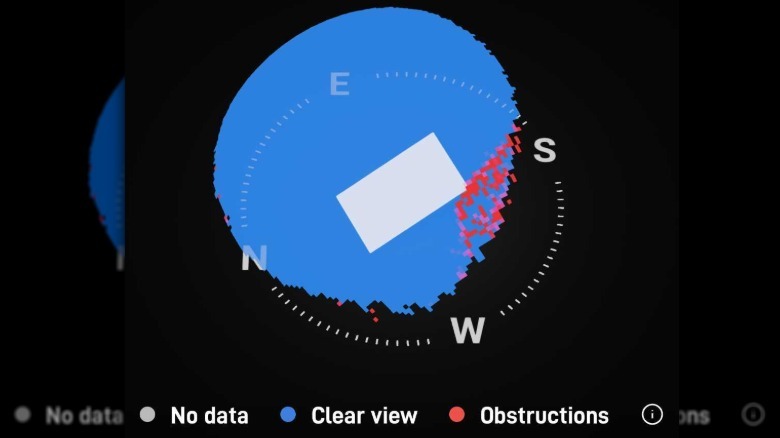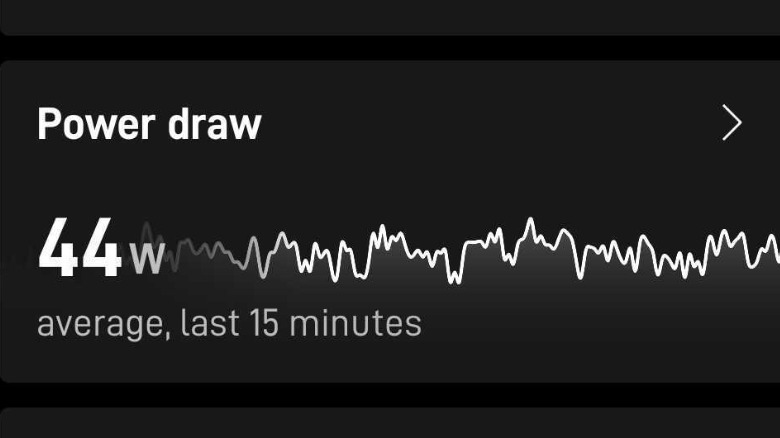How Reliable Is Starlink? Here's What Users Say
We may receive a commission on purchases made from links.
If you live in a rural area or like to travel, there aren't many alternatives better than Starlink. Starlink's satellite-based internet service offers a quick, relatively inexpensive solution for people who have few options for fast, reliable internet. While there are other satellite-internet services available, they're typically not as fast, provide limited data before throttling, and are often just as expensive as Starlink.
Starlink is the best internet option for a lot of people. That said, no internet service is 100% reliable. Starlink service interruptions stem from a variety of factors. Occasionally, severe weather, such as heavy rain or snow, can degrade the signal quality between the dish and satellites located in Earth's orbit. In addition, network issues on Starlink's end can also prevent users from connecting to the internet. Finally, power outages are another common cause of Starlink outages.
I have first-hand experience with Starlink — in fact, I'm using it right now to write this article. However, one person's experience is not universal, which is why in this article, I'll show you what users think about Starlink's reliability.
Starlink users praise its reliability, although service interruptions do happen
Several Redditors praise Starlink's reliability for full-time remote work. One Reddit user, based in western Canada, says they've only experienced "three or four outages due to the Starlink network" in the last two and a half years. They report that most outages last only a few minutes, with the longest interruptions lasting up to an hour.
Uploading YouTube videos is a data-intensive task, especially for those trying to make money through the platform. DISHYtech, a YouTuber, praises Starlink's reliability, citing uptime in excess of 99%. Meanwhile, Oak Abode, an off-grid YouTuber, reports Starlink's reliability to be "on par with fiber cable internet." While an alternative for some, many people can't get fiber internet in their area.
Even those users who experience up to 99% uptime can sometimes have issues with Starlink. DISHYtech has experienced network outages a few times during four years of continuous service. Snowstead, another off-grid YouTuber based in Canada, has also experienced network interruptions in addition to issues with service degradation during heavy rain and snowstorms. They also had to cut some trees from their property to reduce obstructions after moving their Starlink dish from the van they lived in to the new house they're building. The general sentiment, however, is that Starlink is largely reliable, and this is in line with my own experience using the service.
Tips to prevent Starlink service interruption
When setting up your Starlink dish, it's important to minimize obstructions that could limit its ability to communicate with the satellites in orbit. This could require mounting the dish to your roof, a pole, or in a nearby clearing. Fortunately, the Starlink app is useful for mapping out obstructions.
Inclement weather, especially snow, is another leading cause of service interruptions. To combat snow buildup, each Starlink dish includes a "snow melt" mode. You can turn it off to save power. If needed, turn on pre-heat before an impending snowstorm. If you leave the feature on automatic, it'll decide when it's time to power on snow melt mode.
While laptops, tablets, and smartphones connected to Starlink Wi-Fi won't immediately shut down in the event of a power outage, Starlink will unless it's connected to a backup power source. Starlink's power draw amounts to around 44 watts with snow melt turned off. This should allow it to run for over 10 hours when connected to a portable power station such as the Jackery 500.
Upgrading to a newer Starlink dish could also help improve reliability. Starlink lists a number of advantages for its Performance Gen 2 dish when compared to the standard kit. First, its 35% wider field of view connects to more satellites. It has better hot weather performance with download speeds up to three times faster at temperatures above 35 degrees Celsius or 95 degrees Fahrenheit. Similarly, performance in cold weather is said to be more effective, making it a potentially worthwhile investment.
